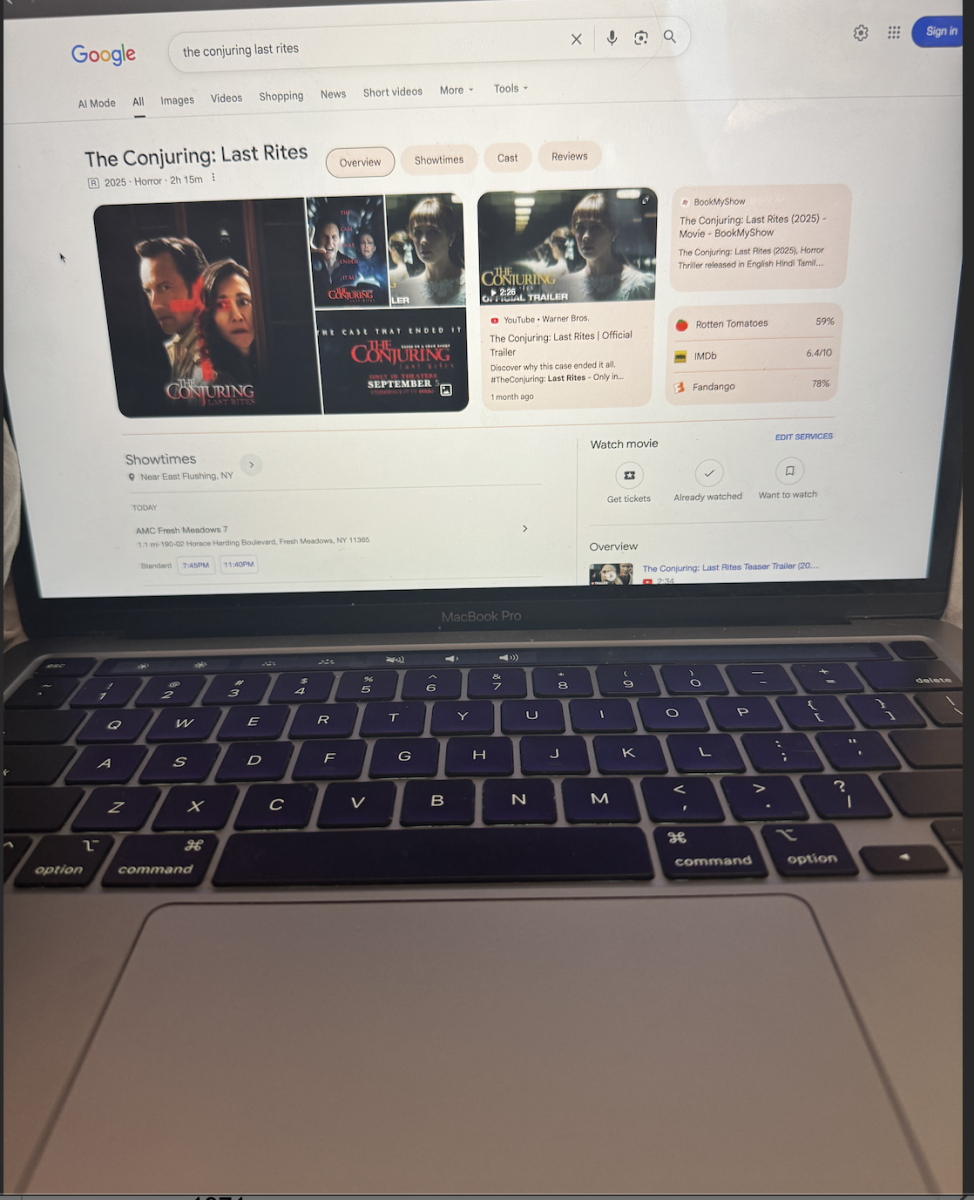by Jasmine Tejada, staff reporter

Creating people, designing homes, giving them goals to fulfill, and playing the role of god is the virtual world for many Sims 4 gamers.
In the fall of 2014, Electronic Arts at Los Angeles studio released The Sims 4, but several features from previous Sims games weren’t present. For example, there are no more toddlers, instead babies skip the toddler age and go straight to children, teenagers, young adult, etc. There are also less homes and neighborhoods built for families to move into, since the feedback given to designer Will Wright was to give gamers more freedom to build their own homes and neighborhoods.
Even though some could count over 80 features missing, Create-A-Sim has been changed to make Sims characters look more real. In this new mode, Sims can now have their own walk and customized body features. Creators have the liberty of mixing genes to create a family that looks alike.
In build mode, builders can choose from small, medium, or tall walls, windows, and doors. It’s also easier to build rooms and designers can purchase rooms already furnished. Additionally designers can no longer add texture to furniture, yet they can choose different colors to theme their rooms.
“They didn’t really fix the game, it felt rushed, and had too many bugs,” sophomore Kevin Santos said.
Since there were so many features missing many assume there will be an expansion pack, but Sims 4 has sold a little over 400,000 copies. According to a gamestop.com review, Sims producers made clear if Sims 4 doesn’t sell well there will be no sequel.
“I never played the game because I didn’t see a fan base for it. But, Sims 3 was good, Sims 1 you had to build a city. Sims 4 is no longer what its suppose to be. The expectation was bigger than the outcome,” sophomore Ronald Baretela said.










































